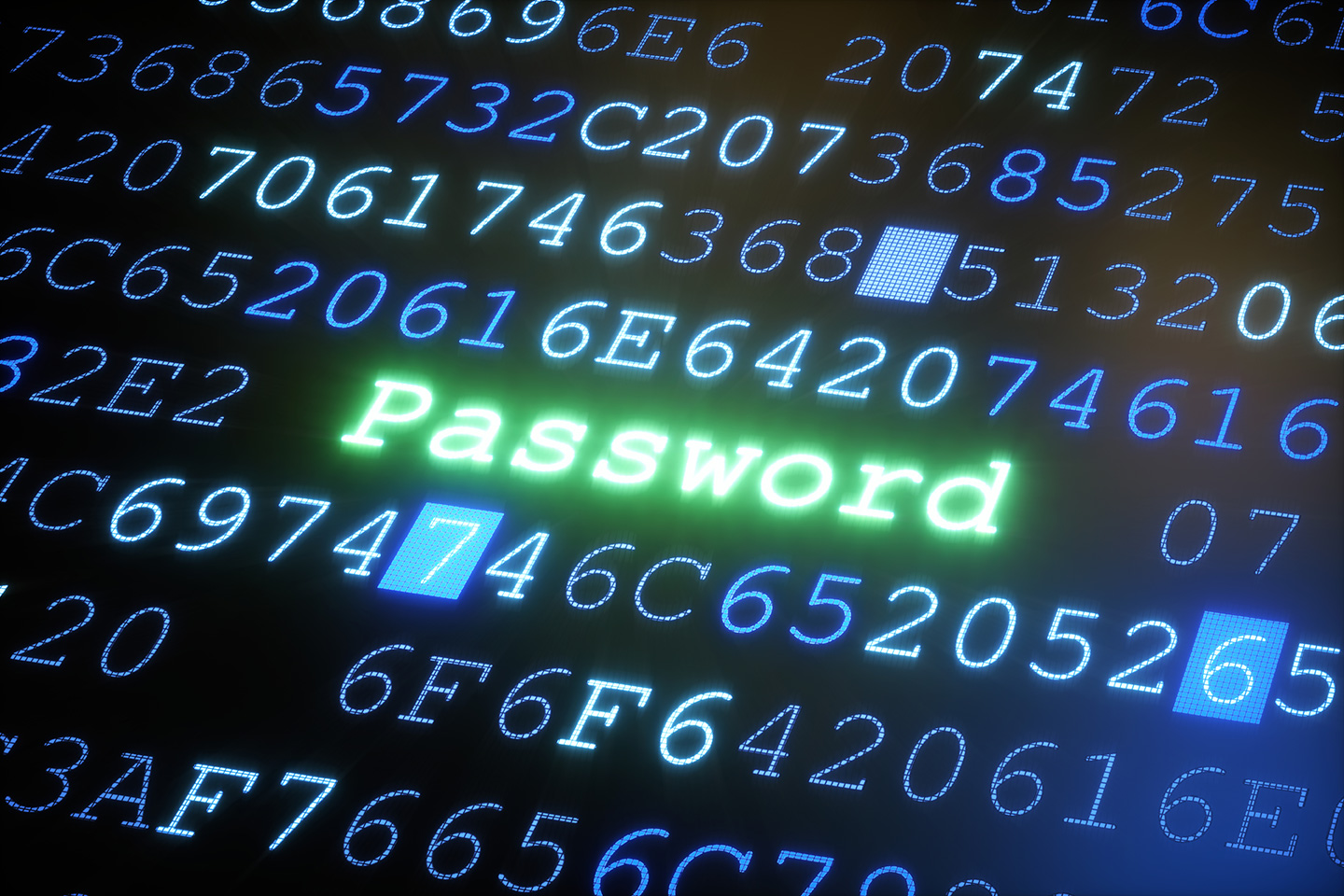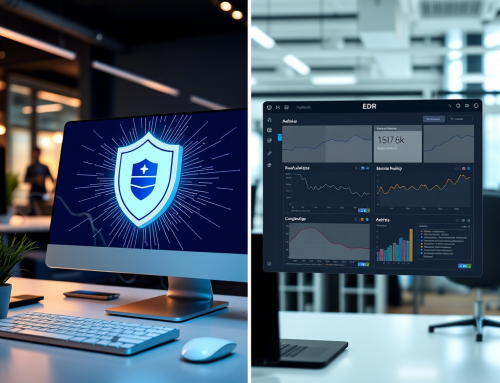Securing your online accounts has never been more critical. With cyber threats continuing to evolve, strong passwords remain your first line of defense. But have you ever wondered just how secure your password is, or how long it would take a hacker to crack it?
This guide explores the intricacies of password security, helping you understand how passwords are cracked, the factors that influence their security, and practical tips to create robust passwords that keep your data safe.
What is Password Cracking?
Password cracking is the process hackers use to discover passwords through stored or transmitted data, typically employing specialized algorithms and powerful software tools. These methods aim to break password security and access sensitive data.
Want to check your password’s security? Try these tools to get started:
- Check if your password has been leaked.
- Find out if your email has been compromised in a data breach.
- Test your password’s strength.
Factors That Affect How Quickly a Password Can Be Cracked
1. Password Length
The length of your password directly influences the time it takes to crack. Here’s an approximate breakdown of how long it might take to crack a password based on its length alone:
- 5 characters: Instantly cracked.
- 7 characters: A few seconds to minutes.
- 9 characters: Hours to days.
- 12 characters: Years to decades.
- 15+ characters: Tens of thousands to millions of years.
Simply adding extra characters to your password drastically increases its security.
2. Password Complexity
Password complexity refers to the combination of character types used. A password that includes uppercase and lowercase letters, numbers, and special characters is far harder to crack. For example:
- “password” (lowercase letters only): Cracked instantly.
- “Password1” (lowercase, uppercase, and a number): A few hours.
- “P@ssw0rd!” (includes all character types): Several days or weeks.
3. Password Uniqueness
Using the same password across multiple accounts is a dangerous practice. If one password is hacked, all accounts with the same password become vulnerable.
Common Methods Hackers Use to Crack Passwords
1. Brute Force Attacks
A brute force attack systematically tries every possible character combination until the correct one is found. While effective, this method becomes exponentially slower with longer and more complex passwords.
2. Dictionary Attacks
This method uses pre-compiled lists of commonly used words and passwords. If your password is something simple like “sunflower,” a dictionary attack is likely to crack it quickly.
3. Rainbow Table Attacks
Instead of guessing passwords individually, rainbow tables use pre-computed data to reverse cryptographic hashes. This method works well against systems with poorly hashed password databases.
4. Phishing and Social Engineering
Hackers often bypass password cracking altogether by tricking individuals into sharing their passwords, typically through fraudulent emails or fake login pages.
How to Strengthen Your Password Security
1. Use Long Passwords
Aim for at least 12 characters—but go longer if possible. Each additional character exponentially increases the cracking time.
2. Mix Character Types
Create passwords that incorporate uppercase and lowercase letters, numbers, and special symbols. Avoid predictable substitutions like replacing “E” with “3” or “A” with “@,” as hackers are familiar with these tricks.
3. Avoid Personal Information
Don’t use names, birthdays, or other personal details that hackers can easily guess from social media or public records.
4. Use Passphrases
Passphrases like “ILovePizzaWithExtraCheese!” are both long and memorable, making them an excellent alternative to random strings of characters.
5. Invest in a Password Manager
Password managers can generate and store strong, unique passwords for all your accounts, easing the burden of remembering multiple complex passwords.
6. Enable Two-Factor Authentication (2FA)
Even if your password is compromised, 2FA adds an additional security layer that requires a second verification step, such as a code sent to your phone.
Real-World Password Cracking Examples
Here’s how long it might take to crack some common passwords using brute force attacks on a modern computer system:
- “123456”: Less than a second.
- “qwerty”: Less than a second.
- “password1”: A few seconds.
- “iloveyou123”: A few minutes.
- “P@ssw0rd”: A few hours.
- “correcthorsebatterystaple”: Over 50 years.
- “J7K$9Lm2@pX#rT4”: Potentially millions of years.
The Future of Password Security
While strong passwords remain essential today, a shift toward passwordless authentication methods is gaining traction. Emerging technologies like biometrics (e.g., fingerprint or facial recognition) and behavioral biometrics (e.g., how you type) may minimize password reliance.
Until then, practicing effective password management is vital to maintaining your cybersecurity.
Stay Secure Today
Cybersecurity starts with strong passwords. Use tools like password strength meters or breach-checking platforms to evaluate your password’s security and ensure your accounts are protected. A proactive approach to password hygiene not only protects your data but also keeps you one step ahead of potential hackers.





